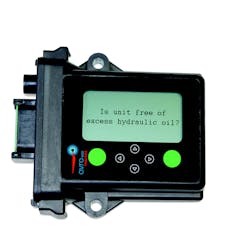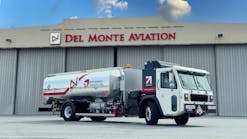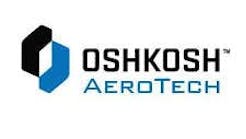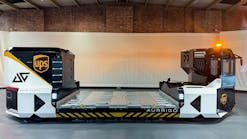There will always be differences between types of ground support equipment (GSE) and specific maintenance requirements.
For example, notes Craig Ward, operations director at TCR, GSE maintenance personnel may carry out a load test on a GPU during periodic maintenance checks, but they would not carry out these same tests on a diesel-powered belt-loader.
“Maintenance of GSE fleets requires trainings and in-house experts,” he says.
Similarly, electric GSE has its own set of requirements. But nevertheless, eGSE must undergo a regular preventative maintenance (PM) routine to operate at peak efficiency.
“There is no engine on electric GSE, but the battery still requires periodic maintenance and checks,” says Tom Kor, national manager at Global Aviation Services LLC, which will be integrated into the service network of its parent company, PrimeFlight Aviation Services, this year. “The rest of the PM program can often be the same or similar to that of a motorized asset.”
“Electric GSE is not just changing when we maintain or how we maintain, that’s a whole different way of maintaining,” adds Wayne Cockburn, general manager at Avro GSE. “The principle is still the same though. You’ve got to have your records, and you’ve got to have your real-time connection to the equipment.”
All GSE, regardless of power source or drivetrain, require ongoing maintenance. The requirements around electric vary in comparison as they do not require the same level of maintenance. So regular training is advised.
“TCR’s GSE technicians receive continuous trainings to new technologies for different brands and different GSE class,” says Ward. “Today, about 70 percent of TCR’s total tractor fleet is electric.”







